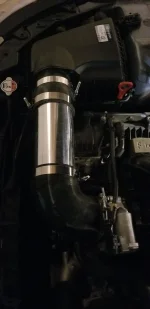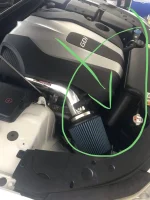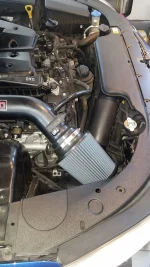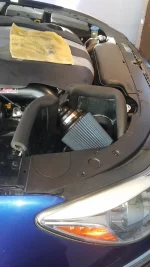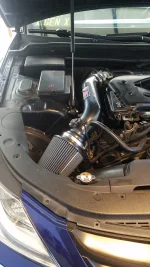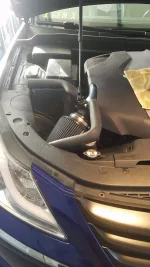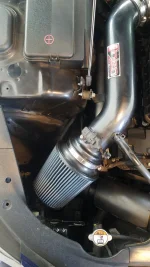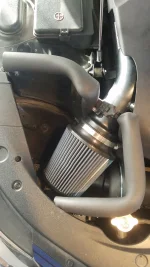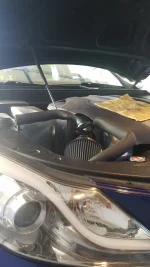Cali Gen
Registered Member
- Joined
- Dec 30, 2018
- Messages
- 540
- Reaction score
- 253
- Points
- 43
- Location
- Bay Area, California
- Genesis Model Type
- 1G Genesis Sedan (2009-2014)
Sooo this is something that just needed to be done. As most of you know the aftermaket for our cars blows Donkey Ass. As a result were stuck either keeping the stock box with K&N filter/magnetic flap mod OR getting a Cold Air Intake..JK we can keep dreaming. In reality they're just a couple slight variations of a Short Ram Air Intake. Well again as most of you already know our engine bays run hot A F and without any sort of shielding its most likely getting sucked up into the intake. This is where some will argue about dyno numbers with and without intake and blah blah blah bottom line is heat soak is heat soak. Honestly I Love my INJEN intake freaking mean ass growl but i definitely took a huge hit in MPG and thats just simply due to the fact that I'm just not getting as much cool air to the engine for the better fuel air ratios.
Well today after crushing a Costco pizza i decided to do something about it! My goal is to create a Custom Heat Shield/Ram air box That utilizes the same mounting points/brackets from the stock box. The plan is to pick up a sheet of galvanized steel or some roof flashing cut it to this template I've created, run some vacuum hose all along the edges to make sure no wires or hoses get chewed up and on top use styrofoam pipe insulation to create a nice seal with the hood of the car. The other big part is i want to be able to truly use the air pickup right on top of the radiator. I was thinking of using either a short pvc pipe or some air ducting to extend it a tad bit so that it too feeds directly into the box. Ideas to achieve this?
Somthing I am unsure of however is should i create a bottom plate as well or do you think with what i have described above It will be more than sufficient in keeping heat away from the intake?

Will find a simple bracket so that i can secure it here in the upper left hand corner.
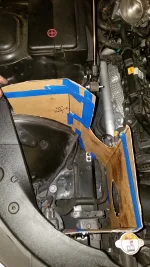
And using the metal bracket from the Stock box I will attach the other side here.
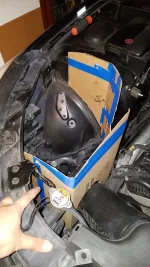
These are to show fitment with intake/engine cover installed. All in all it's a very snug fit and with using the same mounting points as the OEM box no new holes need to be drilled.

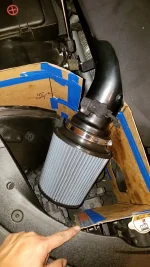
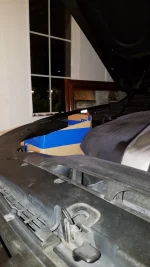
What do you think? Any criticism is appreciated!
Well today after crushing a Costco pizza i decided to do something about it! My goal is to create a Custom Heat Shield/Ram air box That utilizes the same mounting points/brackets from the stock box. The plan is to pick up a sheet of galvanized steel or some roof flashing cut it to this template I've created, run some vacuum hose all along the edges to make sure no wires or hoses get chewed up and on top use styrofoam pipe insulation to create a nice seal with the hood of the car. The other big part is i want to be able to truly use the air pickup right on top of the radiator. I was thinking of using either a short pvc pipe or some air ducting to extend it a tad bit so that it too feeds directly into the box. Ideas to achieve this?
Somthing I am unsure of however is should i create a bottom plate as well or do you think with what i have described above It will be more than sufficient in keeping heat away from the intake?

Will find a simple bracket so that i can secure it here in the upper left hand corner.

And using the metal bracket from the Stock box I will attach the other side here.

These are to show fitment with intake/engine cover installed. All in all it's a very snug fit and with using the same mounting points as the OEM box no new holes need to be drilled.



What do you think? Any criticism is appreciated!
Last edited:



